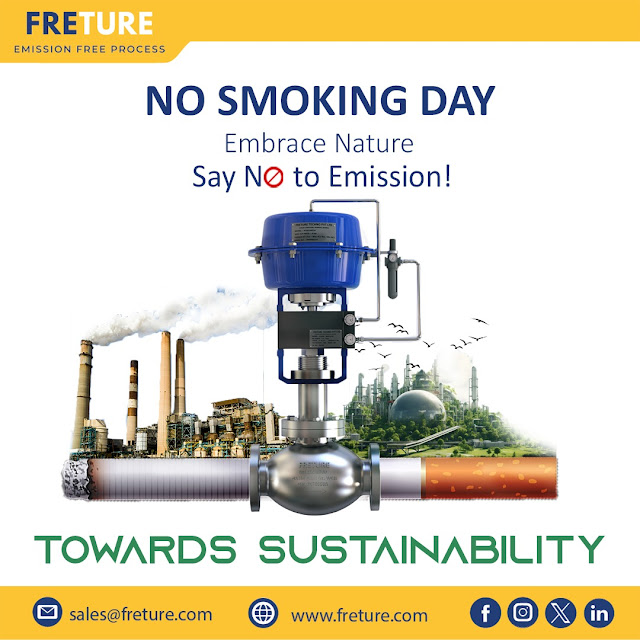Rakshabandhan, a festival that celebrates the enduring love between siblings, brings to light the significance of strong connections in various aspects of our lives. Just as the thread of a Rakhi symbolizes protection and care, industries and valves showcase their own unique form of unbreakable bonds that keep our world running smoothly.
Industries and Valves: A Parallel Connection:
Much like the siblings who protect and support each other, industries and valves share a symbiotic relationship that's often overlooked. Valves, those unassuming yet critical components, act as the guardians of fluid and material flow within various industrial processes. From regulating the flow of liquids in manufacturing plants to controlling the passage of gases in energy production, valves ensure that operations run seamlessly. This connection mirrors the Rakhi's essence, where protection and support are paramount.
Unseen Guardians:
Just as sisters tie Rakhi to their brothers as a gesture of love and protection, industries entrust valves with the responsibility of safeguarding their operations. Valves, often hidden from plain view, silently carry out their duties, much like the unconditional support siblings offer to each other behind the scenes. Industries rely on the precision and reliability of valves to prevent leaks, maintain efficiency, and uphold safety standards – qualities that mirror the trust siblings place in each other.
The Flow of Collaboration:
Rakshabandhan not only signifies protection but also the exchange of love and support. Similarly, in the industrial landscape, collaborations and partnerships are vital for growth and progress. Just as siblings come together during festivals, industries join forces to create synergies that lead to innovation and advancement. Valves play a pivotal role in this collaboration, ensuring that materials flow seamlessly between interconnected processes, much like the exchange of ideas and resources in industries.
Strength in Unity:
Rakshabandhan teaches us the value of unity and the strength that comes from standing together. Industries and valves exemplify this unity by showcasing how individual components work together harmoniously to achieve a common goal. Just as a Rakhi thread is a symbol of the bond between siblings, valves connect different stages of industrial processes, emphasizing the interdependence of various components for the success of the whole.
As we celebrate Rakshabandhan and the profound sibling relationships it represents, let's also take a moment to acknowledge the hidden yet impactful connections between industries and valves. The festival's essence of protection, unity, and support resonates through the industrial landscape, reminding us that even the smallest components can create unbreakable bonds that drive progress and prosperity. Just as siblings vow to protect each other, industries and valves continue their silent dedication to safeguarding the flow of operations and resources that shape our world.




